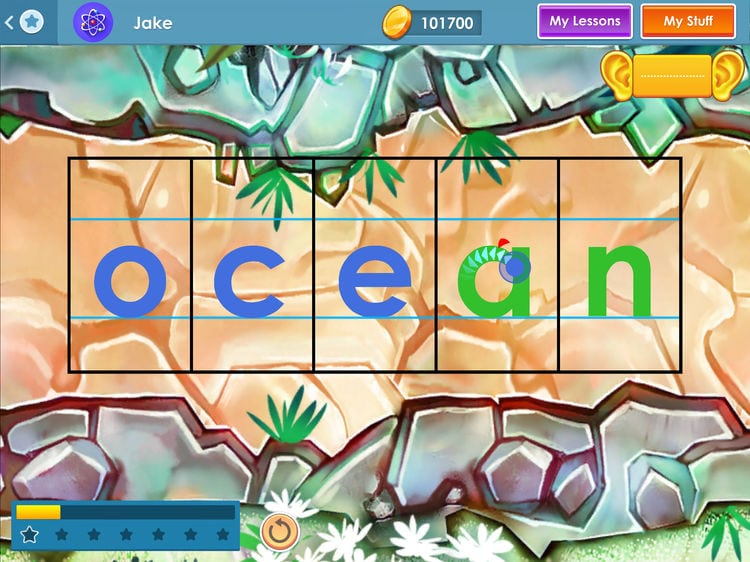Fran Bowman Levin and Stephanie Nislow have long worked to help students who are having difficulty with reading. To open up access and make the lessons available digitally, the cofounders created OgStar Reading.
The “OG” is not for Original Gangster. It stands for Orton-Gillingham, an approach to reading instruction, which is designed to help people who are struggling, as well as people with dyslexia. It’s also been applied for early readers and English language learners. Orton-Gillingham draws on evidence from the science of how the brain learns to read.
It’s an area where the Owings Mills–based cofounders have expertise. Bowman authored a guidebook and trains Baltimore County teachers in the approach. Nislow is a former Baltimore County classroom teacher who now works as a tutor in reading and language, among other areas.
For students struggling with reading, Orton-Gillingham is often applied individually or in small groups. That means specialized attention in the form of instruction for teachers, or tutoring. In creating iPad apps –a “complete” version for K-8 and one for early readers (K-3) – the cofounders said they saw a way to make the approach available digitally, and extend its reach.
As one of a number of edtech startups that are members of the Towson University Incubator, the cofounders have tapped into local expertise in bringing educational practices to a digital sphere.
Working with a team that included local developers, the cofounders looked to gamify the approach. In the app, the lessons make up an adventure through a variety of animated worlds. Student collect coins as they go, which also allows a chance to sneak in a math lesson.
Within the app, learning involves using the senses beyond sight. In one phonics activity, students say the sound a word makes while writing it down on the tablet. The app recognizes both the sound and handwriting to determine if the student is correct. It also provides verbal feedback to guide students.
Other lessons focus on spelling, fluency and decoding, or the ability to pronounce written words. The app also allows parents and teachers to collect data on a student’s performance.
Bowman and Nislow want to continue spreading the app’s reach. They said it’s being used in schools, as well as at tutoring centers and in homes. Since the early version was released toward the beginning of 2018, they’ve been in touch with people in 14 countries and 44 states. The apps have a cost to purchase ($75 for the early version and $160 for the complete), yet Bowman and Nislow say it’s low when compared against tutoring fees.
“Our goal is that it will be made available to children who would otherwise have no access,” Bowman said.
Before you go...
Please consider supporting Technical.ly to keep our independent journalism strong. Unlike most business-focused media outlets, we don’t have a paywall. Instead, we count on your personal and organizational support.
3 ways to support our work:- Contribute to the Journalism Fund. Charitable giving ensures our information remains free and accessible for residents to discover workforce programs and entrepreneurship pathways. This includes philanthropic grants and individual tax-deductible donations from readers like you.
- Use our Preferred Partners. Our directory of vetted providers offers high-quality recommendations for services our readers need, and each referral supports our journalism.
- Use our services. If you need entrepreneurs and tech leaders to buy your services, are seeking technologists to hire or want more professionals to know about your ecosystem, Technical.ly has the biggest and most engaged audience in the mid-Atlantic. We help companies tell their stories and answer big questions to meet and serve our community.
Join our growing Slack community
Join 5,000 tech professionals and entrepreneurs in our community Slack today!

The person charged in the UnitedHealthcare CEO shooting had a ton of tech connections

From rejection to innovation: How I built a tool to beat AI hiring algorithms at their own game

Where are the country’s most vibrant tech and startup communities?



